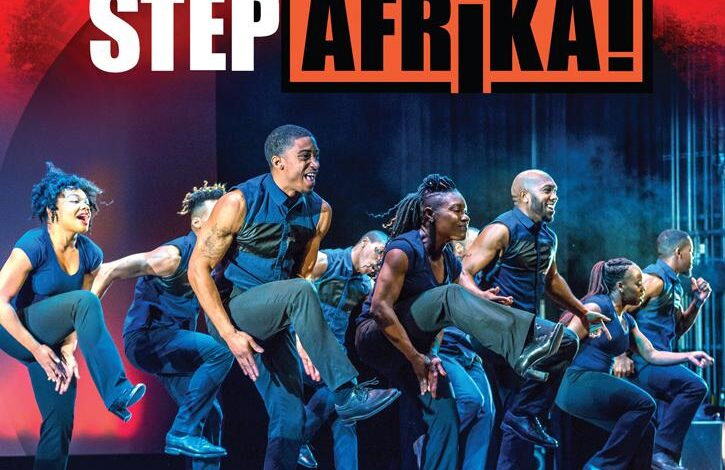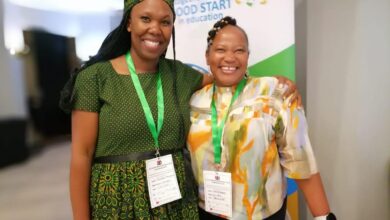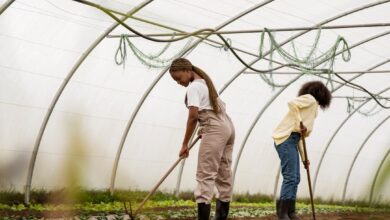StepAfrika: Blending African American and African Dance Traditions in Lesotho

America’s renowned dance company, StepAfrika, recently captivated audiences in the Kingdom of Lesotho with a series of powerful and energetic performances. Known for blending percussive dance styles rooted in African American fraternity and sorority traditions with traditional African dance forms, StepAfrika’s visit to Lesotho was not only a cultural exchange but also a deeply reflective journey.
The company’s unique performances are a seamless fusion of rhythm, movement, and storytelling, drawing on the rich history of stepping—a percussive dance style popularized by African American fraternities and sororities. This tradition of dance uses the entire body as an instrument to produce complex beats and movements. What makes StepAfrika stand out is its commitment to connecting this dance form with African roots and blending it with other contemporary dance styles and art forms.
Speaking in an interview with the local news agency, Brian Williams, the founder of StepAfrika, shared the significance of the company’s visit to Lesotho. “We wanted to come here to reflect on where some of our dance moves originated from,” Williams said. “There’s a deep connection between stepping and the traditional African dances from which it was born, and we wanted to experience those roots firsthand.”
Williams highlighted that this trip to Lesotho is not just a cultural pilgrimage but also an educational initiative. One of the goals of their visit is to engage with students and introduce them to dance as a valuable educational tool. StepAfrika has long been committed to using dance to foster critical life skills, particularly teamwork, leadership, and focus, which are essential in both academic and personal growth.
During their time in Lesotho, StepAfrika not only performed but also led workshops and interactive sessions with local schools and dance groups. These sessions provided a platform for young Basotho students to learn the foundational elements of stepping, while also incorporating elements of their own cultural dance traditions. “Dance is a universal language,” Williams noted, “and through it, we can teach discipline, leadership, and collaboration.”
The dancers emphasized the role that rhythm and unity play in their art form, with every member of the group relying on each other to create the powerful, collective sound that is stepping. This sense of unity is something they hoped to instill in the students they interacted with, showing how movement can break down barriers and foster a spirit of teamwork and cooperation.
Beyond the educational impact, StepAfrika’s visit also provided an opportunity for cultural exchange, as the performers learned from local Basotho dancers and immersed themselves in Lesotho’s rich cultural heritage. Traditional Basotho dances like the mokhibo and ndlamo were shared with the American performers, creating an enriching experience for both parties.
The visit has left a lasting impression on the local community, with many calling for more collaborations between international dance companies and local artists in Lesotho. Through StepAfrika’s compelling and cohesive artistic performances, audiences in Lesotho were not only entertained but also inspired to explore the deeper connections between African and African American cultural expressions.
In the words of one local attendee, “StepAfrika has reminded us that our culture is alive and well and that through dance, we can tell our stories, connect with others, and inspire the next generation.”
StepAfrika’s performance in Lesotho stands as a testament to the enduring power of dance to bridge cultural gaps, educate, and create a shared sense of humanity.
Join 'Lesotho News' WhatsApp Channel
Get breaking Lesotho news — delivered directly to your WhatsApp.
CLICK HERE TO JOIN



